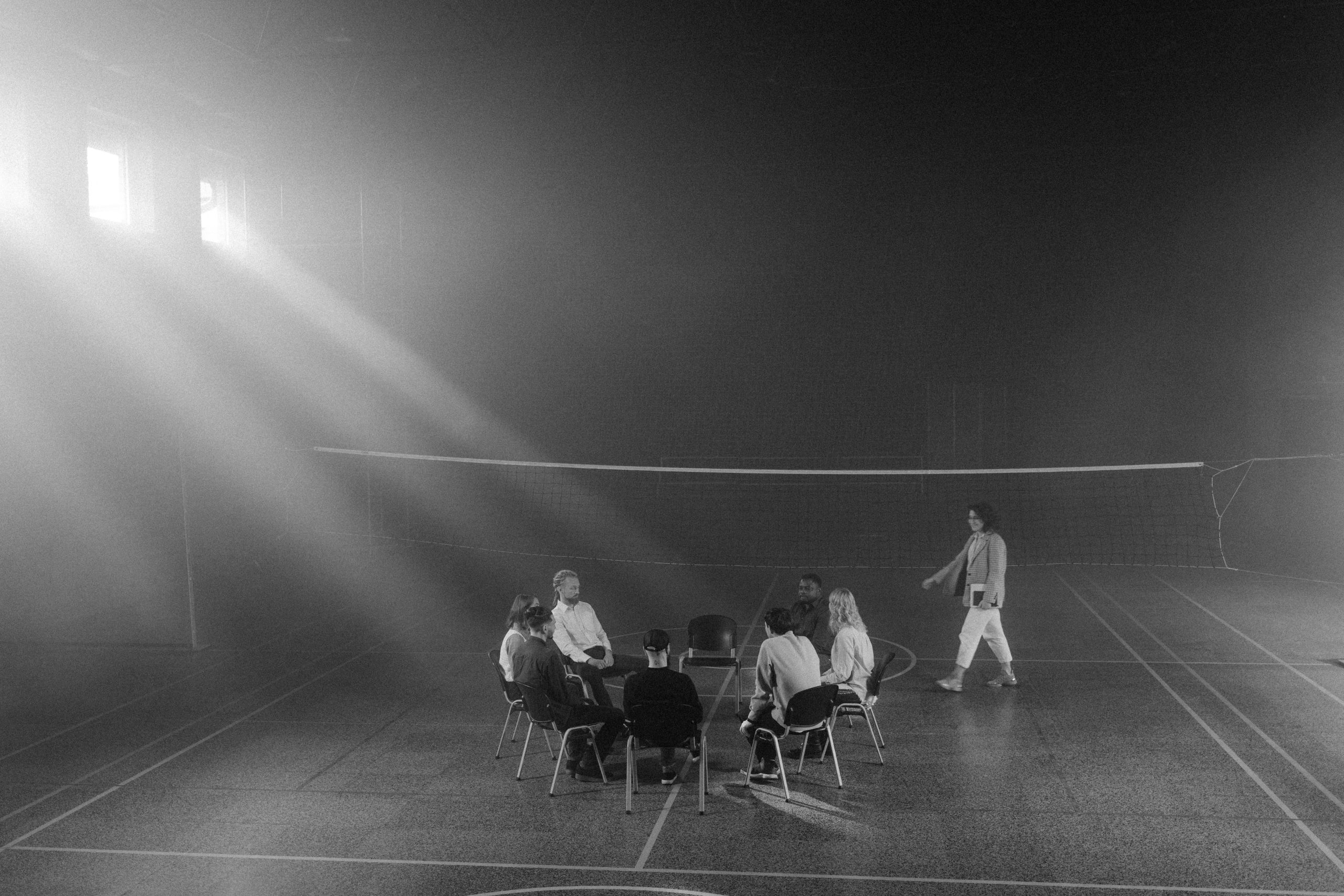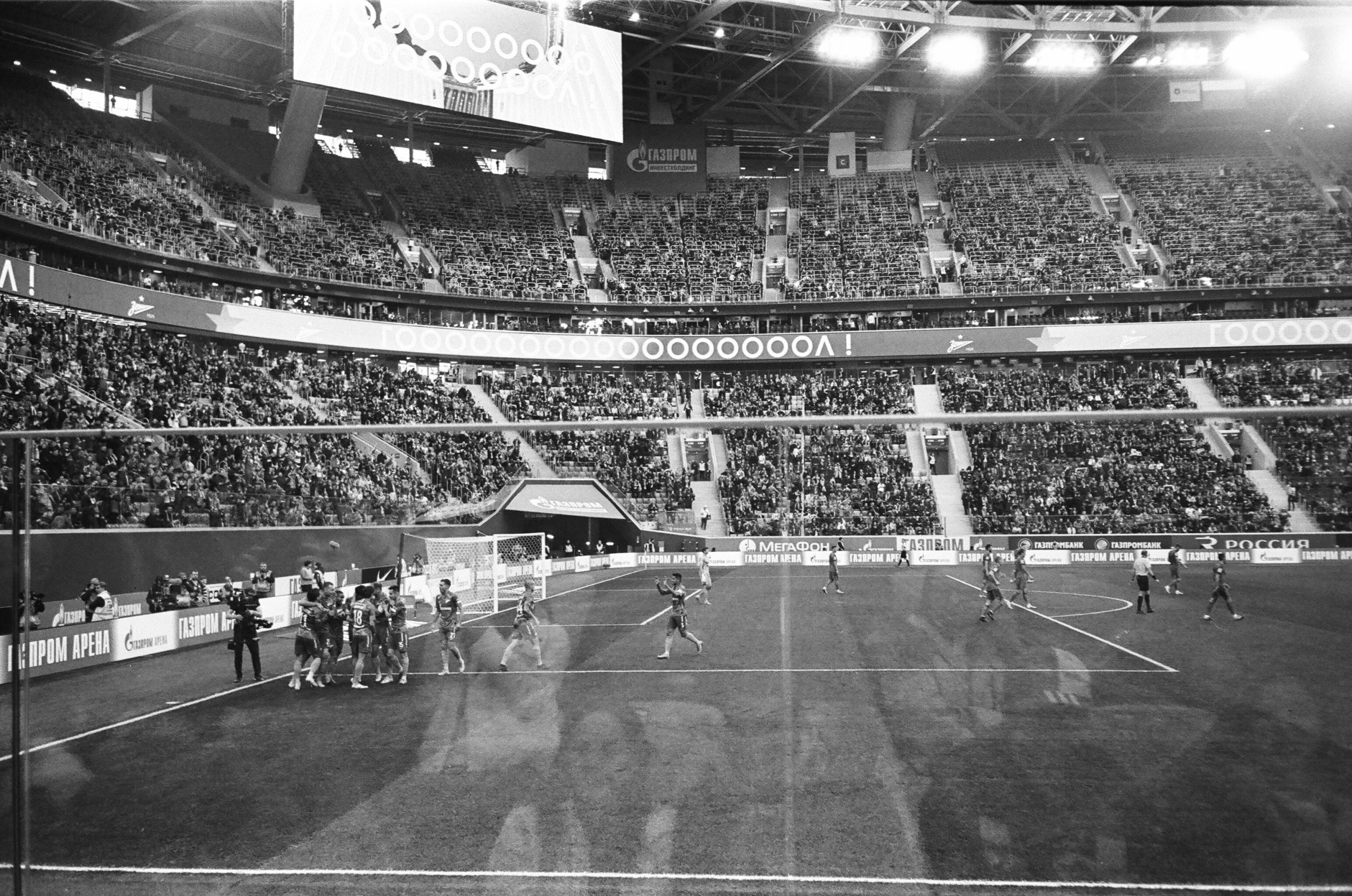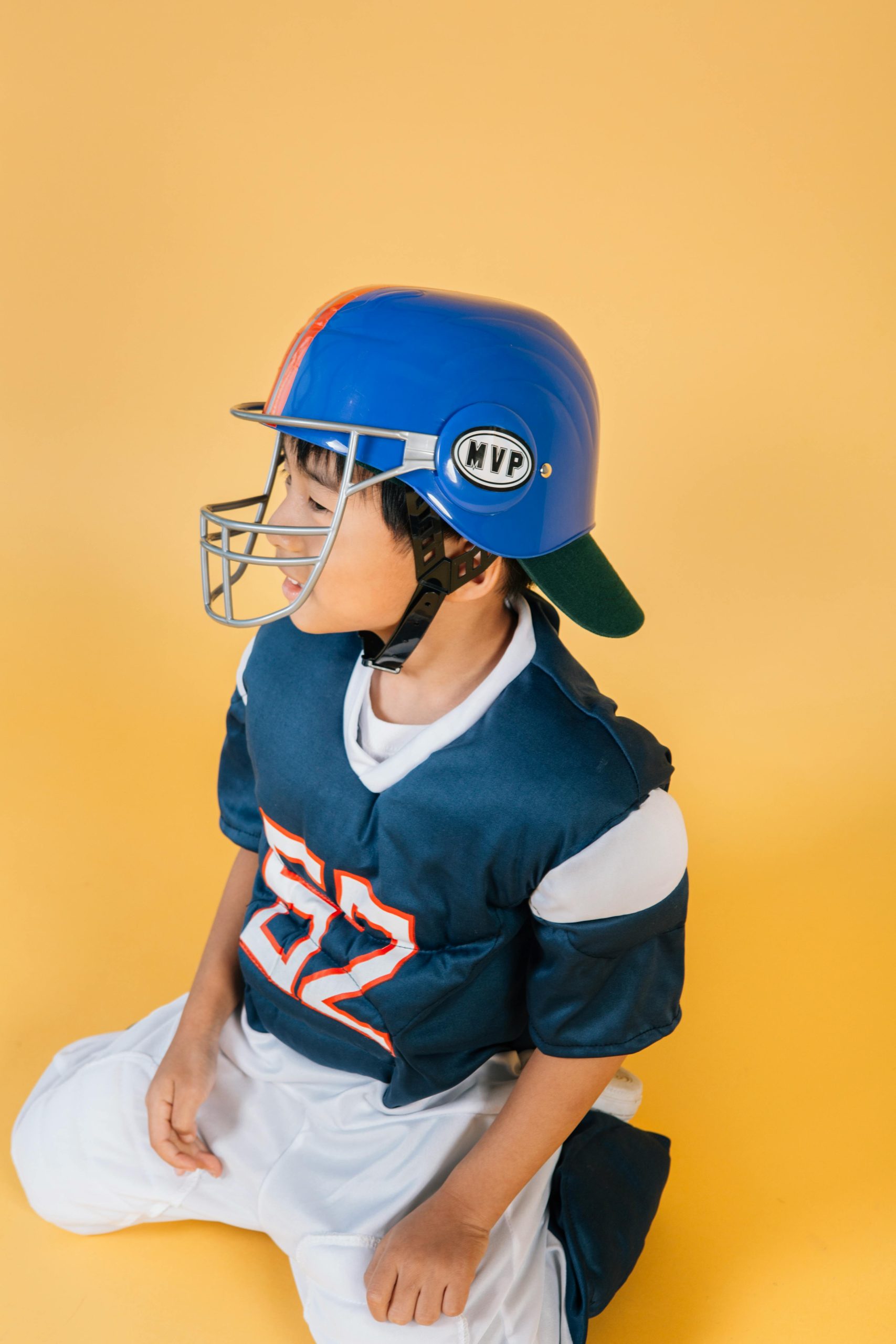Introduction to Community Sports and Child Development

Community sports play a key part in the overall development of children, offering a fertile environment for physical, social, and emotional growth. These activities not only improve health and fitness but also impart vital life qualities such as teamwork, discipline, and resilience. The heart of community sports rests in their accessibility and inclusivity, offering a supportive atmosphere where youngsters can thrive and find their potential. This essay tries to look into the significance of sports in fostering well-rounded individuals and define the objectives that underline the importance of community sports in child development. Through engaging in community sports, children learn to negotiate the successes and losses of life, fostering a sense of belonging and community spirit that transcends far beyond the playing field.
The Psychological Benefits of Participation in Community Sports

Engaging in community sports is a strong stimulant for psychological growth among youth. It’s a dynamic arena where self-esteem and confidence grow. Every goal scored, every race completed, and every game played contributes to a child’s sense of achievement. This positive reinforcement produces a healthy self-image and confidence that permeates all areas of life.
- Strength: The unexpected nature of athletics promotes resilience and coping abilities. Children learn to take defeat with grace and regard setbacks as chances for progress.
- Social Skills: Community sports enhance interpersonal skills and reduce anxiety. Children learn to interact, collaborate, and empathize with others.
- Sensation of Identity: This social engagement develops a sense of belonging, considerably lowering feelings of loneliness and anxiety.
Thus, the psychological benefits of engaging in community athletics are substantial. They build a foundation for mental and emotional well-being, preparing children to confront the world with confidence, resilience, and a strong sense of community.
Physical Health and Wellness Through Sports

Community sports stand as a light of hope in the fight against childhood obesity and related health issues. By involving youngsters in regular physical activity, these sports create the framework for greater physical health and fitness. The dynamic nature of sports such as football, netball, and swimming guarantees that youngsters are always on the move, burning calories, and strengthening their muscles and bones. This active lifestyle is crucial in preventing obesity, a disease that has been linked to numerous health problems later in life.
- Lifelong Habit: The joy and excitement youngsters experience builds a good relationship with exercise, crucial to creating a lasting habit of being active.
- Combatting Obesity: Community sports offer a fun, engaging method to keep our kids moving, away from the sedentary lifestyle that technology frequently encourages.
- Healthier Future: By fostering an active lifestyle, we’re not simply tackling obesity; we’re paving the road for well-rounded, healthy individuals.
The Australian Institute of Health and Welfare underlines the growing worry of obesity and its influence on our society, making the role of community sports more crucial than ever.
In conclusion, the function of community sports in child development extends far beyond the playing field. It’s about developing a foundation for a healthy, active lifestyle that wards off obesity and related health conditions. Through sports, children learn the value of physical activity, not just as a tool for fitness, but as a gateway to a better, more happy life.
Social Integration and Community Involvement through Sports

Community sports are a key in building teamwork and cooperation among youth. They learn to work together towards a common objective, acknowledging the significance of each member’s contribution. This collaboration spirit continues beyond the game, teaching students the importance of cooperation in all sectors of life.
Bridging cultural and social disparities is another key purpose of community sports. They bring together youngsters from varied backgrounds, developing understanding and empathy. Through sports, children learn to appreciate diversity, seeing them not as barriers but as enriching their experiences. This inclusion promotes community relationships and fosters a sense of unity.
The role of sports on community identity and a child’s sense of belonging cannot be emphasized. Whether it’s cheering for the local team or participating in a community sports league, children feel linked to something larger than themselves. This link builds a strong sense of communal identity, offering youngsters a solid platform from which to explore and grow. Moreover, sports provide a platform for youngsters to express themselves, adding to their feeling of individuality within the community.
In conclusion, community sports play a significant role in social integration and community involvement. They teach youngsters the value of teamwork, transcend cultural and social differences, and foster a sense of belonging and communal identification. These lessons are invaluable, developing children into well-rounded individuals eager to contribute effectively to society.
Challenges and Barriers to Participation in Community Sports

- Financial constraints emerge as a key impediment, with the expense of equipment, uniforms, and membership fees proving prohibitive for many families.
- An overemphasis on competitiveness … the drive to perform might dampen the spirit of inclusivity. Sports should be about fun, learning, and personal improvement.
Ensuring inclusion and accessibility for all children, regardless of their origin or ability, remains a problem. Community sports programs must aspire to be inviting settings that promote diversity and give equal opportunity for participation. This involves creating adjustments for children with impairments and ensuring that programs are culturally sensitive and accessible to children from all socioeconomic levels.
Addressing these problems is vital for building a supportive and inclusive atmosphere in community sports. By breaking down these obstacles, we can ensure that all children have the opportunity to participate, learn, and grow via sports. This commitment to diversity and accessibility will not only enrich the lives of individual children but also build the fabric of our communities.
Strategies for Enhancing the Role of Community Sports in Child Development

Community sports are a cornerstone of child development, giving more than just physical benefits. They are a platform for social, emotional, and cognitive growth. To enhance these benefits, various measures can be adopted, ensuring that community sports serve as a nurturing ground for all youngsters.
- Promoting positive coaching and parental involvement is vital. Coaches and parents play a vital role in molding the sports experience for youngsters.
- Implementing policies for safe and inclusive sports environments is another crucial strategy. Every youngster, regardless of skill, background, or gender, should have the chance to participate in sports.
- Encouraging multi-sport participation and focusing on pleasure and development rather than competitiveness is crucial. Specializing too early in a single sport can lead to burnout and missed possibilities for wide physical and social development.
These ideas are not just about improving the sports experience for children; they are about harnessing community sports as a tool for holistic development. By establishing a supportive, inclusive, and entertaining sports environment, we can help children grow into healthy, confident, and well-rounded persons.
In Conclusion
Community sports shape resilient, joyful youngsters. They establish a balance between physical vigor and emotional power. Through the interplay of obstacles and achievements, children learn the value of teamwork, inclusivity, and personal growth. These encounters establish the groundwork for a healthier, more united society. Let’s support the cause of community sports for the overall development of our future generations.
The Role of Community Sports in Child Development FAQs
Yes, community sports can positively impact a child’s academic performance by teaching discipline, time management, and goal-setting. Engaging in sports requires children to balance their academic responsibilities with their sporting commitments, which can enhance their organizational skills and improve concentration and focus in the classroom.
Community sports play a crucial role in enhancing physical health by promoting regular exercise, which is essential for growth and development. They help in improving cardiovascular health, building strong bones and muscles, and reducing the risk of obesity. Additionally, participating in sports teaches children the importance of maintaining a healthy lifestyle.
Community sports foster a sense of community and belonging by connecting children with their peers and local community through shared interests and goals. This sense of belonging can improve their social connections, enhance emotional support, and contribute to a stronger community identity.
Community sports help develop a child’s resilience and coping skills by providing them with opportunities to face challenges, experience failure, and learn from their mistakes. These experiences teach children perseverance, how to manage disappointment, and the importance of continuous effort, which are valuable life skills.
Community sports significantly influence a child’s psychological development by boosting self-esteem and reducing anxiety and depression. The sense of achievement from mastering a new skill or winning a game contributes to a positive self-image, while the physical activity itself can release endorphins that promote mental well-being.
Community sports prepare children for future challenges by instilling discipline, teaching the value of hard work, and fostering adaptability. Through sports, children learn to set goals, work towards achieving them despite obstacles, and adapt to new situations, which are crucial skills for navigating life’s challenges.
Community sports offer children with special needs the opportunity to engage in physical activity, improve social skills, and gain a sense of achievement. These activities can be adapted to meet their unique needs, providing a supportive environment where they can thrive, make friends, and enhance their physical and emotional well-being.
Participation in community sports can significantly enhance a child’s leadership abilities by offering them roles and responsibilities within a team setting. This environment encourages them to make decisions, motivate others, and take initiative, which are key components of effective leadership.
Community sports teach children about diversity and inclusion by bringing together participants from various backgrounds and abilities to work towards a common goal. This exposure helps children appreciate differences, fosters an environment of respect and empathy, and encourages them to embrace and learn from diversity.
Children learn vital social skills such as teamwork, communication, and leadership through their participation in community sports. These activities require them to work collaboratively with others, understand the importance of listening and expressing ideas clearly, and often lead or support their teammates, fostering a sense of responsibility and confidence.

Jasmine Duque-Love is a mother of one and a practicing physiotherapist with a Phd in Physiotherapy

